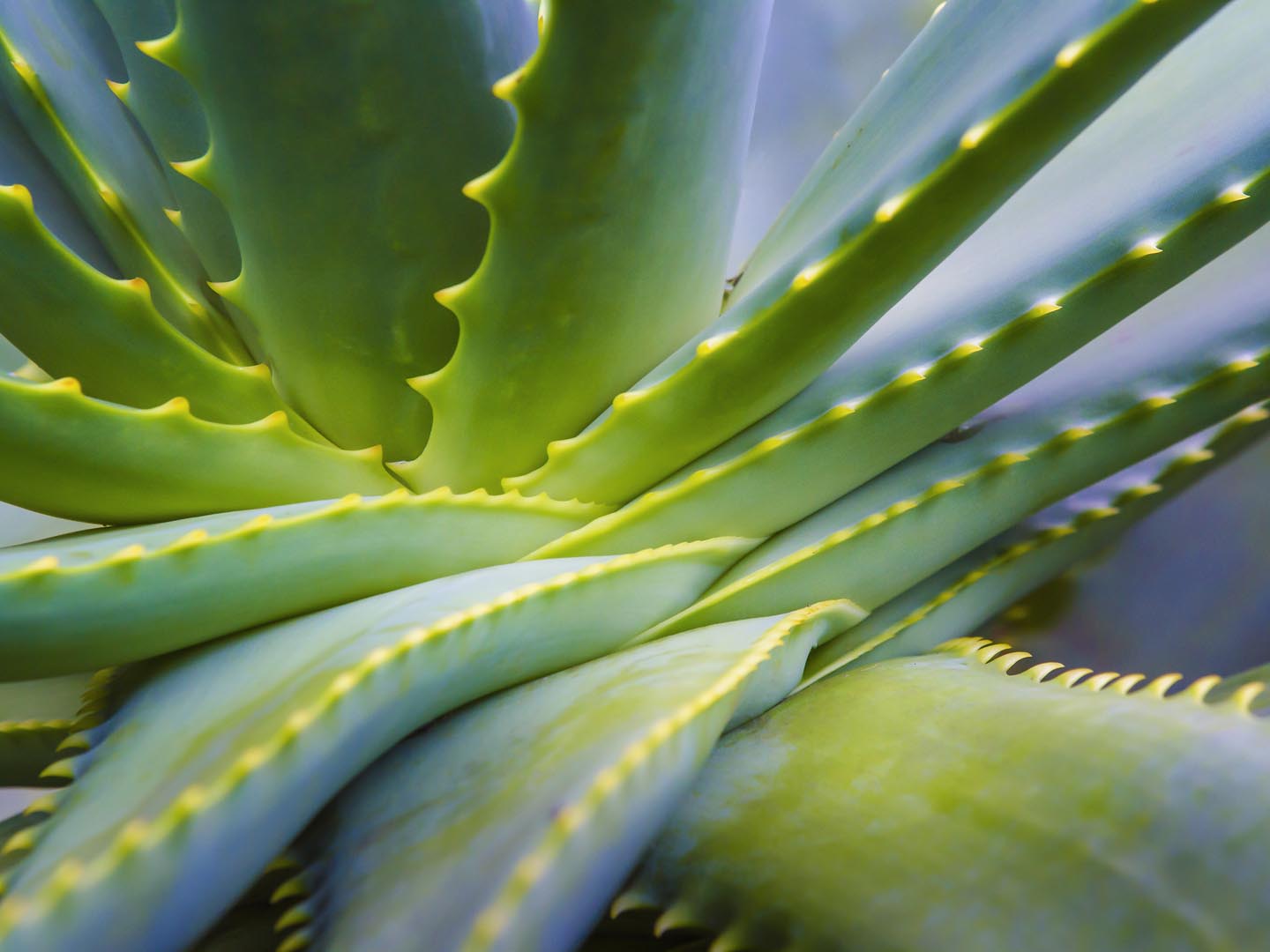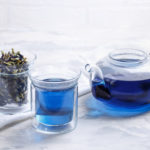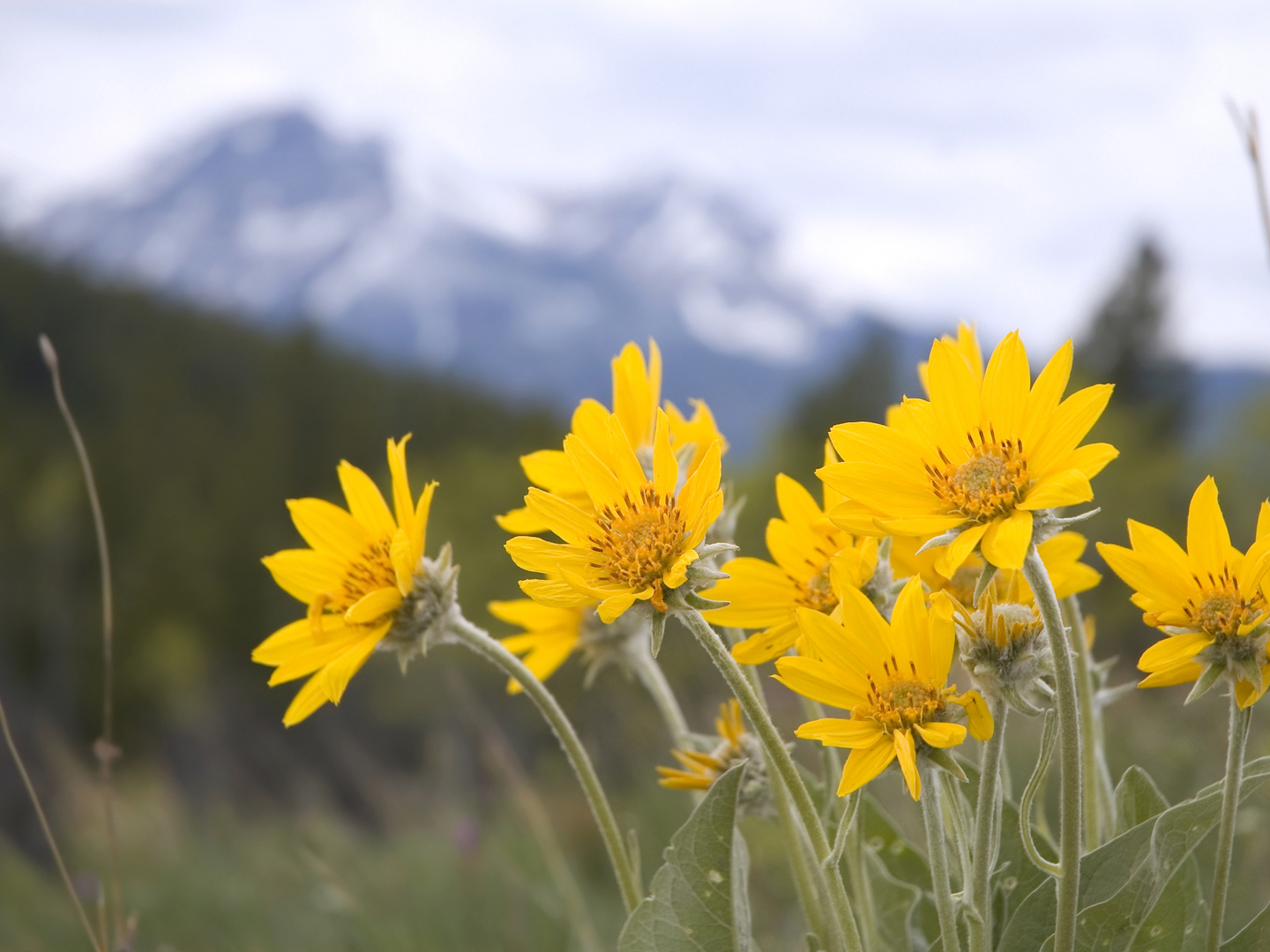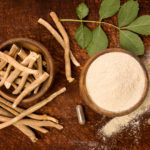Mullein
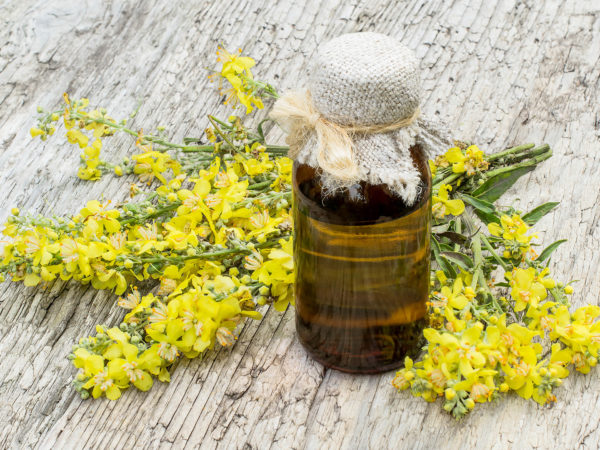
Mullein (Verbascum thapsus)
Mullein (Verbascum thapsus) is a common roadside weed – part of the snapdragon family – that produces large, downy leaves and, in its second year of growth, a tall flowering spike. Native to Europe, Asia and northern Africa, the plant was eventually introduced to the Americas where Native Americans would put mullein leaves into their moccasins to keep their feet warm. They would also smoke dried mullein leaves as a tobacco substitute to relieve asthma. The therapeutic uses for mullein have expanded since then; it is now administered in teas, and oil extracts are made from its flowers.
Used for:
Mullein is commonly used for its emollient (skin moisturizing) and astringent (tissue constrictive) properties. Mullein leaf preparations, such as teas, are used for bronchial conditions, including bronchitis, asthma, dry coughs, congestion, whooping cough, tuberculosis, pneumonia, tonsillitis, colds and the flu. The flowers steeped in oil can also be used as an effective treatment for earaches and ear infections, although the Natural Medicines Comprehensive Database notes there is insufficient evidence to use it for treating middle ear infections.
Some preliminary research has suggested that mullein flower extract may be useful against influenza and herpes simplex viruses.
Other preliminary research suggests that leaf extract of mullein may increase activity against herpes simplex virus type 1. It may also have antibacterial activity against certain strains of pneumonia, some strains of Staphylococcus and E. coli.
Topically, mullein is used for burns, hemorrhoids, wounds, and inflammation. Mullein leaf extract is used as a topical to soften the skin.
Available in:
Mullein is available in tincture oils, powders, lozenges, capsules, leaf forms, and extracts.
Herb / drug interactions:
None known
Other safety concerns:
Preliminary research suggests mullein may be toxic in excessive doses. Although there is insufficient information, women who are pregnant or are nursing should avoid the use of any herbal product containing mullein.
When buying:
Select products with pure 100 percent mullein.
Dosage:
For congestion and dry cough, adults should take a dropperful of tincture in warm water every four hours; for ear infections, a few drops of mullein oil, slightly warmed, directly in the ear and plug loosely with cotton. You can add garlic for extra effectiveness.
Child dosage:
Young children should not be given mullein for coughs. It is generally safe to use a few drops of oil in the ear for ear infections; however, contact your pediatrician before using.
Dr. Weil says:
Mullein is a particularly effective treatment for ear infections and it’s especially gratifying to make your own oil from its flowers and flower buds. Steeping the flowers in olive oil for three weeks produces an ointment that has been used to not only for earaches, but also to treat frostbite, chapped skin and hemorrhoids. Mullein is very easy to spot; stalks can reach as high as 10 feet. However, be sure to make a positive identification with a high quality field guide before making medicinal preparations.
SOURCES:
Mullein. Natural Medicines Comprehensive Database. Stockton, CA: Therapeutic Research Faculty. [Updated Feb. 1, 2012; Reviewed Feb. 10, 2013; Accessed Jan 9, 2014]. http://naturaldatabaseconsumer.therapeuticresearch.com/nd/Search.aspx?rn=3&cs=NONMP&s=NDC&pt=100&id=572&fs=NDC&searchid=45727925
Turker, Arzu Ucar, and Ekrem Gurel. “Common mullein (Verbascum thapsus L.): recent advances in research.” Phytotherapy Research 19, no. 9 (2005): 733-739.
Turker, Arzu Ucar, and N. D. Camper. “Biological activity of common mullein, a medicinal plant.” Journal of ethnopharmacology 82, no. 2 (2002): 117-125.
Zgorniak-Nowosielska, I., J. Grzybek, N. Manolova, J. Serkedjieva, and B. Zawilińska. “Antiviral activity of Flos verbasci infusion against influenza and Herpes simplex viruses.” Archivum immunologiae et therapiae experimentalis 39, no. 1-2 (1990): 103-108.
Reviewed by Raneth Heng, M.D., December 14th, 2015.






